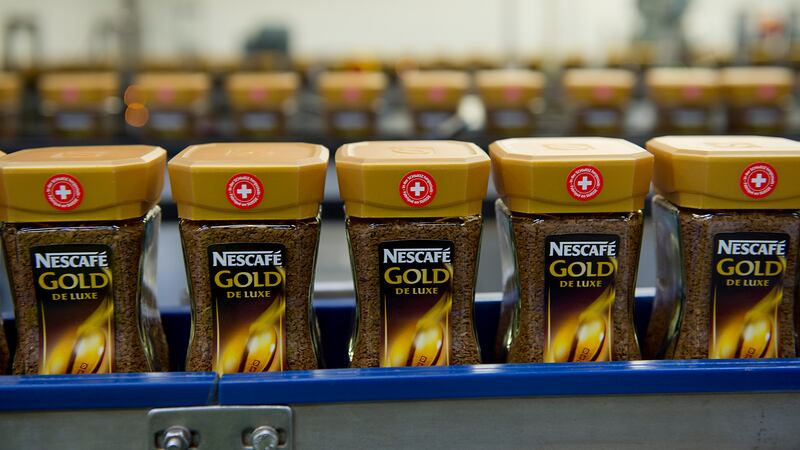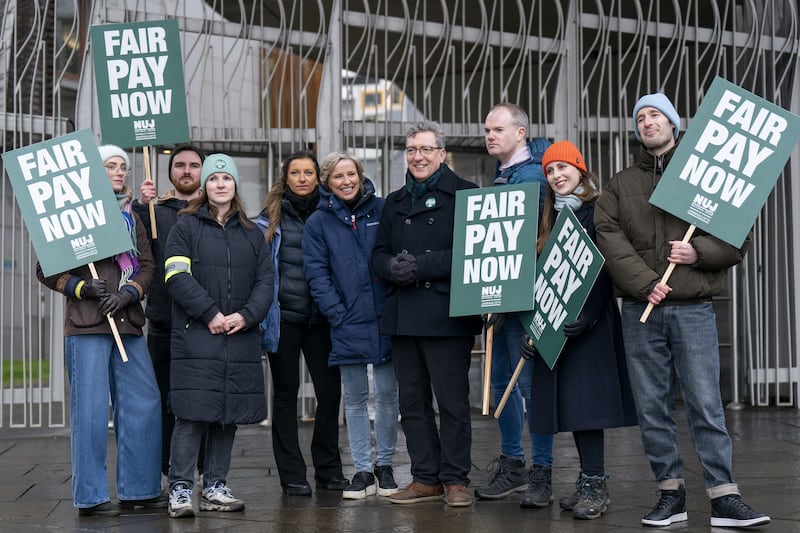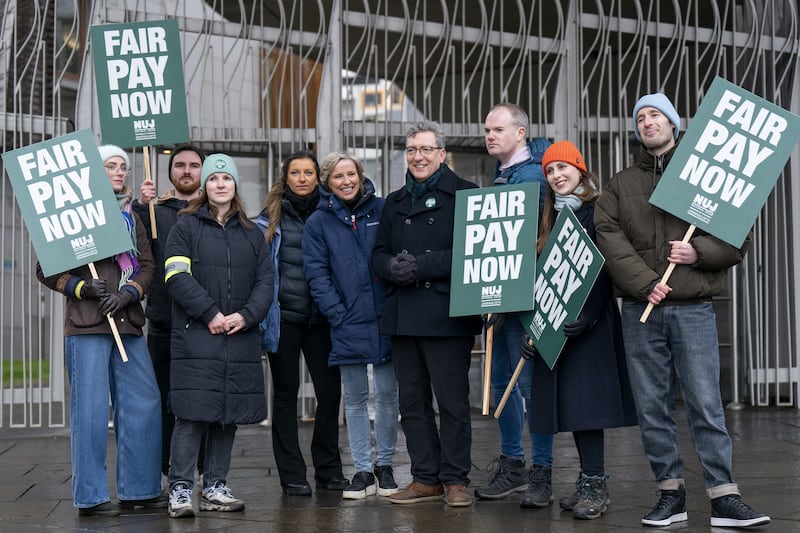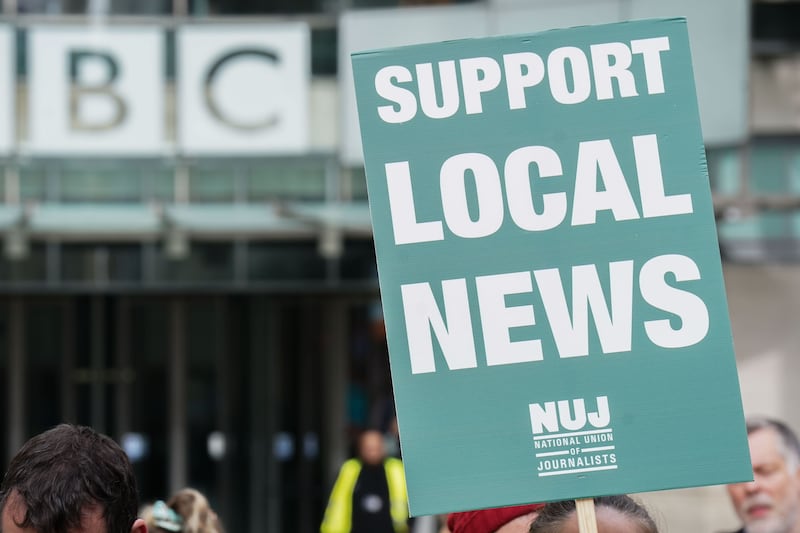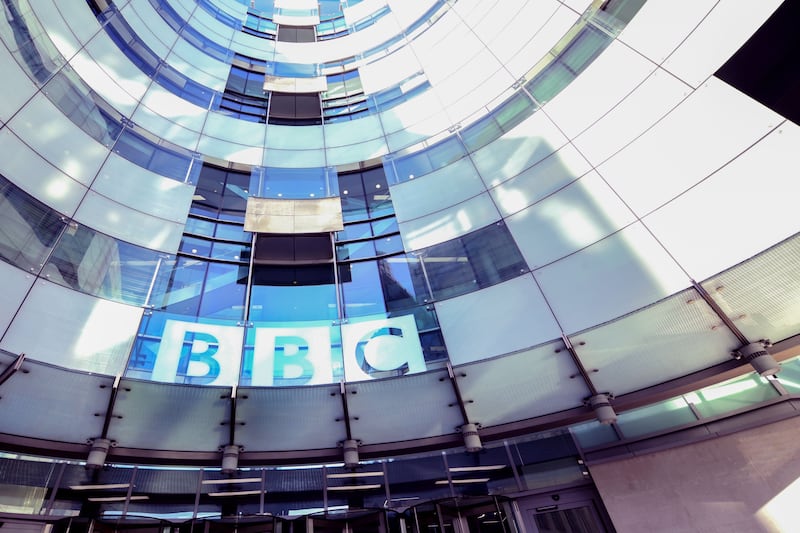FED-UP journalists at the north's biggest media group Johnston Press have voted overwhelmingly to take industrial action in a long-running dispute over pay, redundancy terms, staffing levels and changes to working practices.
National Union of Journalists (NUJ) members at the News Letter, Derry Journal and the Craigavon-headquartered Morton Newspapers group of regional titles - about 90 reporters in all - were balloted, and more than three quarters opted to cast a vote.
And it's clear they want action as in the Derry Journal union members voted 100 per cent for strike action, the News Letter voted 92.9 per cent in favour and Mortons were 96.4 per cent in favour.
NUJ officials will now meet Johnston Press management on April 1 to discuss the next phase of action, including a possible strike at its Northern Ireland titles, where the parent company is seeking another 13 voluntary redundancies.
The editorial staff headcount at Johnston Press has more than halved since 2009, down from 2,222 to around 1,000, while production staff numbers have plummeted from 1,029 to 355.
In Morton Newspapers alone - where as many as seven of its Northern Ireland titles are under threat of closure - journalist numbers are down from 100 to about 45.
The NUJ's Irish organiser Nicola Coleman said: "It's outrageous to propose job cuts when we have consistently highlighted chronic under-staffing and the subsequent pressures on our member’s health and wellbeing, not to mind the quality of the papers.
"Yet while NUJ members face yet another attack on their working conditions and struggle to serve their communities and produce quality newspapers, senior executives in Johnston Press are rewarding themselves handsomely."
Yesterday the Edinburgh-based Johnston Press group revealed that its cost-cutting measures had helped it achieve a rise in adjusted pre-tax profit last year, despite falling sales.
Profit increased by 22.6 per cent to £31.5m, while revenues were down 6.8 per cent to £242.3m. Its total operating costs were cut by 6.7 per cent to £191.7m.
The figures came as Johnston confirmed that 99.85 per cent of its shareholders had backed a deal to buy the i newspaper from ESI Media for £24m.
Chief executive Ashley Highfield - whose basic salary last year was £1.65million, including a £645,000 bonus - said the deal, due to be completed on April 10, would contribute positively to earnings at Johnston.
He added: “The acquisition of the i newspaper is incredibly exciting for us. It gives us scale, with a combined JP plus i daily print circulation of over 600,000 papers making us the UK’s fourth largest news publisher, and thus numerous revenue and cost synergy opportunities.
“Further, it will allow us to accelerate growth in digital, and help stabilise our circulation revenues. In conjunction with the planned asset disposals this will enable us to continue to reduce debt levels and cut financing costs further.”
In January Johnston – which publishes more than 220 regional titles including 12 paid dailies, 185 paid weeklies and 28 free-sheets – lumped all its papers into groups ranging from eight “uber” titles that fit criteria including focusing on wealthier readers with “more disposable income”, through to 56 sub-core” loss-making newspapers which it believes add little or no value to the group.
And among those in that bottom tier are the Carrick Times, Ballymena Times, Ballymoney Times, Banbridge Leader, Belfast Vibe, Londonderry Sentinel and Tyrone Times, who between them employ more than 30 editorial, advertising and administrative staff, and which are seen as vulnerable to be closed.
The Belfast News Letter is effectively ring-fenced from a possible sale because it is in the elite grouping, but in the ‘core’ category of 74 newspapers are the Larne Times, Portadown Times, Derry Journal, Lurgan Mail, Mid-Ulster Mail and Ulster Star.

